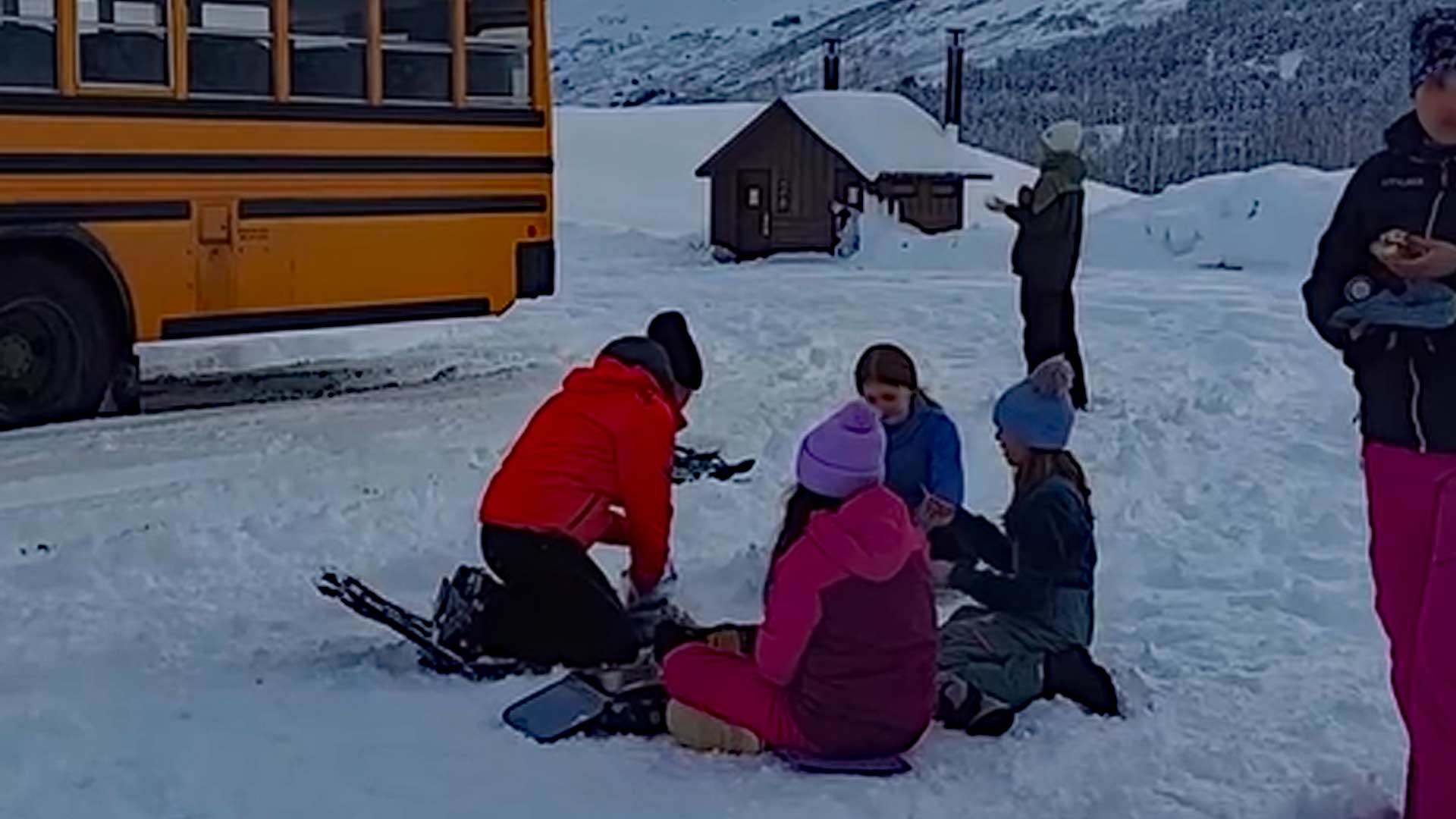
In preparation for a recent Anchorage School District elementary school field trip identified as “Snow School,” parents received “Assumption of Risk and Liability Release” forms from an entity identifying itself as KMTA.
Businesses need to protect themselves from frivolous lawsuits these days. However, the release form reads similar to what I would expect for combatants in an MMA event. So, I had to find out more about KMTA. Is it a business? I was surprised to discover it is a non-profit community association loosely partnered with a multimillion-dollar NASA project focused on climate change.
KMTA is an abbreviated acronym for Kenai Mountains – Turnagain Arm National Heritage Corridor Communities Association. KMTA (the association) manages what the National Park Service identifies as the Kenai Mountains-Turnagain Arm National Heritage Area. What is a National Heritage Area (NHA)? The National Park Service defines NHAs as places where natural, cultural, and historic resources combine to form a cohesive, nationally important landscape.
According to the National Park Service, 62 NHAs have been designated by Congress since 1984. Each of these areas is created via individual federal law. Through annual Congressional appropriations, NPS passes funds to NHA entities. Although most entities are authorized to receive up to $1 million annually over a set period of time, actual annual appropriations range from $150,000 to $750,000. The financial assistance component of the program is secured with legal agreements, accountability measures, and performance requirements for NHA entities.
KMTA is “tasked with developing and implementing a management plan with the input of people and organizations that have a role in the Heritage Area, including residents, communities, non-governmental organizations, Alaska Native entities, as well as national and state entities that manage trails, transportation facilities, lands and resources.” To accomplish this task, KMTA, “awards grants for projects that steward the natural, cultural and historic resources of this nationally important landscape.” Grants require a “1:1 match of funds and/or in-kind contributions from a non-federal source.”
The KMTA management area encompasses a region spanning South to North from Seward to Indian, and West to East from Cooper Landing to Whittier. One would expect the realm of influence of each NHA to be confined within the limits of its management area. But, in practice, this may not be so cut and dry.
KMTA explains through their website that Snow School (the field trip) “draws on the Winter Wildlands Alliance framework… In FY24, Winter Wildlands Alliance served over 35,000 students across 72 programs nationally, and we’re proud to be among them!” The phrase, “draws on,” may be some very sly language.
Winter Wildlands Alliance (or WWA) is a non-profit organization that aims to protect America’s wild snowscapes. As a self-described community of outdoor winter recreators and climate researchers, they engage in policy and advocacy work on public lands.
The true risk of these suspicious programs and partnerships is not the amount of federal dollars falling into the hands of KMTA, WWA and similar entities. The true risk is the amount of influence over environmental policy climate activists can wield with those resources.
They are heavily involved in National Forest Planning within at least six states, including the latest effort for the Chugach National Forest completed in 2020. Among a number of other environmental focus areas like defending the Roadless Rule. in Alaska, WWA also works for Diversity, Equity, and Inclusion in the Outdoors.
Among four identified program goals for Snow School, goal number four is to “model and cultivate stewardship behaviors and an appreciation for the natural world.” KMTA Classroom visits cost $25 per classroom, and field trips cost $25 per student.
We don’t know how much money KMTA has received from Alaska’s public school system. The last annual report was published in 2022. The last biennial report filed with the Alaska Department of Commerce was in 2022.
If coordinated by a creatively crafted grant agreement, for example, between the NHA network and WWA, Snow School may raise “non-federal” funds (after passing those funds through the hands of public schools) amounting to as much as $875,000 for Winter Wildlands Alliance with KMTA perhaps serving only as a fiduciary pass-through entity; only collecting funds in trust on behalf of WWA for later transfer.
At this point, it becomes less and less clear how funds raised through Snow School may be used when not managed as a typical federal grant subject to specific federal rules.
WWA claims the snowpack is the “source of more than 80% of our water in the west.” NASA’s SnowEx program aims to measure the snowpack remotely. The role of 35,000 students at 70 sites across the country is to field-verify NASA’s remote sensing data in support of its climate change focused program. NASA is identified as a sponsor of WWA.
It is unclear how much money has been appropriated for NASA’s SnowEx program. It is also unclear how much of NASA SnowEx funds may have gone towards “sponsoring” Snow School, and further yet, how much of that may have wound up in the pockets of climate activist organizations besides WWA.
NASA’s FY25 budget request to Congress identifies, “$854M for Earth Systematic Missions which includes $171M to continue support of Earth System Observatory missions, to observe and enhance understanding of Earth systems and climate change” within the category of “Earth Science.” NASA’s total FY25 Earth Science budget request is for $2.378 billion. An additional FY25 budget request is for STEM Engagement in the amount of $143.5M.
ALASKA WATCHMAN DIRECT TO YOUR INBOX
With each student sacrificing a full day of classroom instruction for field work, at 35,000 students per year, which represents approximately 280,000 hours of billable field verification time. Contracting with an environmental consultant for that work might cost around $120 per hour at a total cost of more than $33M. NASA’s sponsorship of WWA at 10% of the estimated professional services contract – equal to $3.3 million – may very well pass NASA’s justification thresholds knowing that, when in the right hands, those funds will remain focused on supporting the climate change agenda.
The true risk of these suspicious programs and partnerships is not the amount of federal dollars falling into the hands of KMTA, WWA and similar entities. The true risk is the amount of influence over environmental policy climate activists can wield with those resources.
For example, WWA identifies itself as a founding member of Outdoor Alliance, which is a conglomerate of outdoor recreation organizations. Among a list of many others, the successes Outdoor Alliance claims to have played a role in securing include:
— Removing 95 parcels of land from oil and gas leasing totaling 150,000 acres due to recreation conflicts
“$369 billion in funding to address the climate crisis, including billions for wildfire mitigation, forest management, and conservation” through the Inflation Reduction Act.
— The Outdoor Alliance website reads, “For 10 years, Outdoor Alliance has united the human-powered outdoor recreation community to achieve lasting conservation victories. Our work has permanently protected 40 million acres of public land, secured $5.1 billion in funding for the outdoors, and has converted more than 100,000 outdoor enthusiasts into outdoor advocates.”
The Outdoor Alliance’s position paper on oil and gas leasing can be found at this link.
Lengthy Assumption of Risk and Liability Release forms are usually forced on people by big corporations with deep pockets. What can be found hiding in the pockets of KMTA, WWA, NASA, and Outdoor Alliance?
The views expressed here are those of the author.
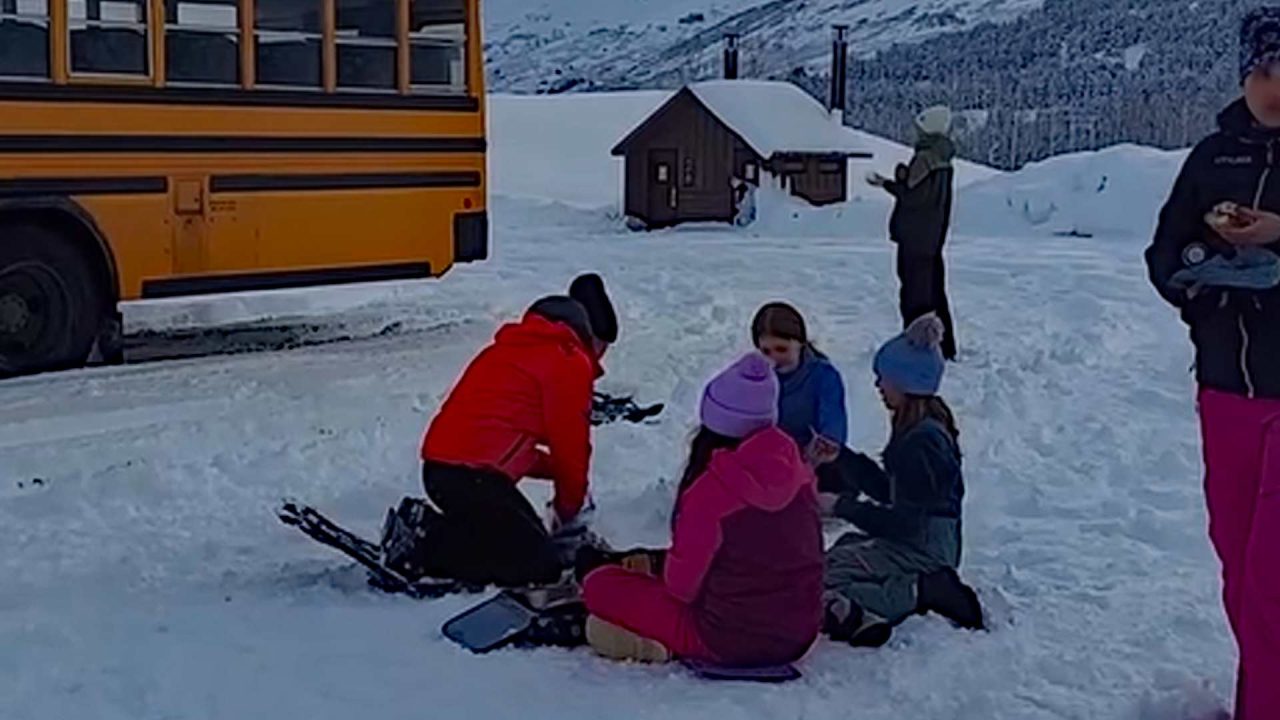
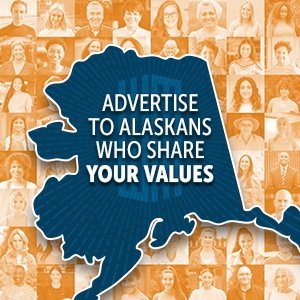

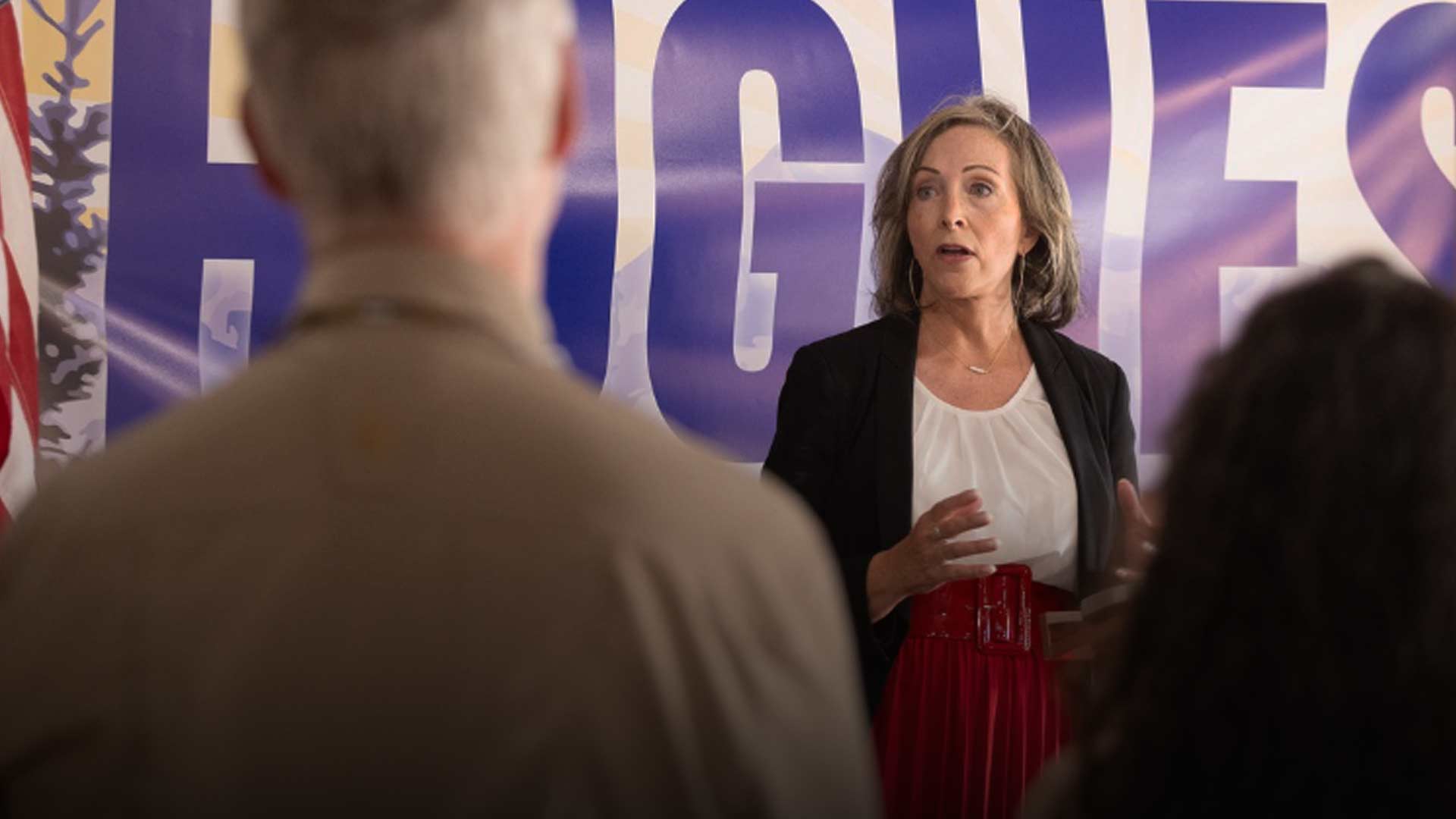
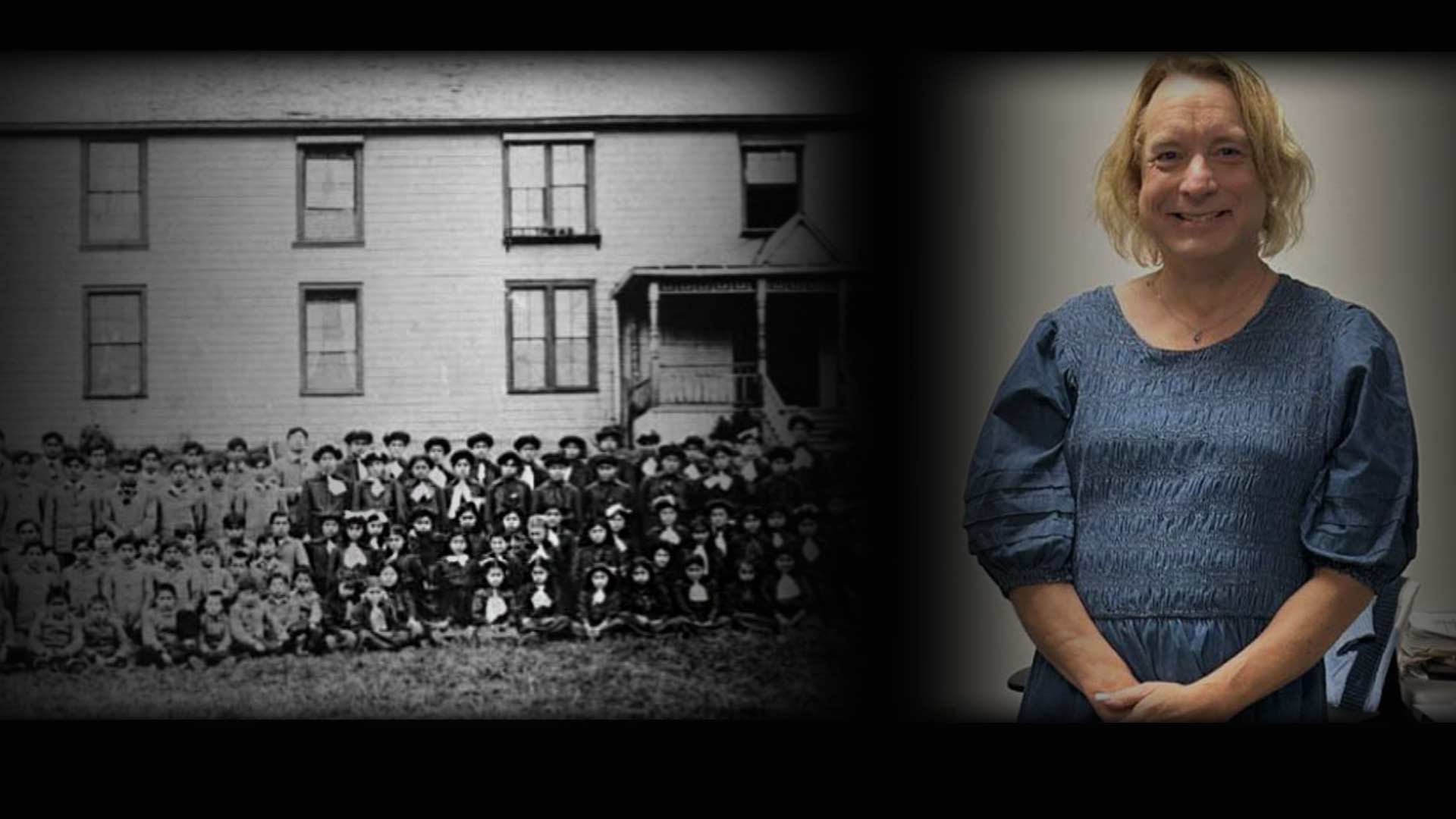


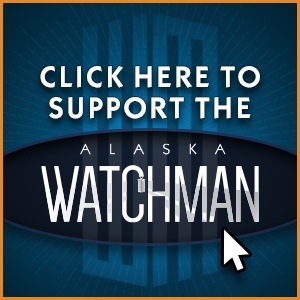
7 Comments
I spent a good portion of my youth growing up in Anchorage, and for us it was: “Get outside and play in the snow.” we didn’t need a school for it. Looks like just another way to burn through taxpayer money. Get ’em DOGE!
Excellent article Lucas thanks for highlighting the positive social and educational value of these groups, especially the Kenai Mountains Turnagain Arm NHA. You’re right, they do a lot of good work. Snow School is way more than saying snow is cold. Recent KMTA trips taught students to learn snowpack structure with a focus on avalanche awareness. They’ve taught classes on snow cave construction, a handy skill if your snow machine fails in the Alaskan backcountry. Winter Wildlands Alliance has a decades long history of preparing and exciting outdoor users. And who wouldn’t want to be associated with NASA?
I love how all these great entities weave responding to the climate crisis into their programs.
I believe this comment misses the point of the article in an attempt to replace the pressing issue of wasteful spending with a highly charged climate crisis theory void of credible evidence. Although I do agree that Lucas wrote an excellent article, undermining the premise seems like a back handed compliment unworthy of dignified conversation. My hope is that we can come together to find legitimate uses for educational funding focused on the basics, since that is what is presently, measurably lacking.
“climate crisis theory void of credible evidence”. Do you also believe Biden stole the 2020 election? The dead can rise from the grave? Did you vote for Trump?
Climate change is real, but obviously you believe the felon. He is going to set our country back 200 years.
I am interested in sources for the information given in this article, especially the NASA funding connected to Outdoor Alliance. Our School district is associated with EL Learning, an affiliate of Outward Bound that has formed an association to Outdoor Alliance, that seems to include YMCA and several other prominent youth organizations. If there is a direct connection, I would like to know about it, as this program comes up for review in the next year.
In natural evolution, we are to believe Darwin’s Theory about the survival of the fittest. Either adapt, or perish.
If climate change is the bane of leftist Democrats existence, then bring on the climate change baby!
Drill baby drill.
Trans those kids and destroy those genetics. Only the master race of humanity will survive, while the wee peasants continue to fight about who is more right.
Get busy living or get busy dying. Either way, I will make it without even trying.